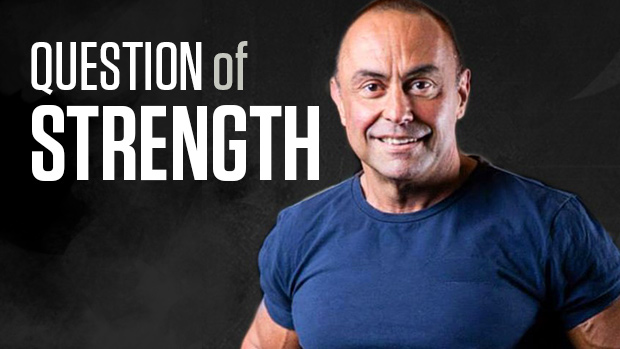Sometimes the simplest of methods can produce the most game-changing results. The problem most people have with the concept of active recovery isn't the theory, but rather the execution. If you're hardcore, it's damn hard to turn off that switch when every fiber of your being is telling you to grind out another high intensity workout.
If your "recovery session" started out as a walk on the treadmill and turned into an interval sprint session with the hamster wheel jacked up to 12.5 mph at an incline of 4%, then you know what we're talking about. More is always better, right? Well, not when it comes to tissue and central nervous system regeneration.
Spark Recovery: Go for a Walk
You think walking is too low level of an exercise to have any physical or orthopedic benefit? Research coming out of Dr. Stu McGill's lab would beg to differ. Not only is walking one of the most fundamental movement patterns known to man, it can also spark recovery and be a protective mechanism for future injuries to the spine, hips, and other regions of the body.
Active Muscle Pump
Active muscle pump is essentially the muscles of the lower body contracting over and over in an antagonist and agonist nature. This puts pressure on the vasculature and aids in lymphatic drainage, which is a powerful recovery mechanism. Basically, walking clears systemic waste and fluid buildup.
A non-compensated gait pattern can also improve gross joint and spinal positioning and enhance the tone and position of the all-important musculatures of the shoulders, core, and hips. Walking is literally the perfect form of active recovery. There's nothing sexy about it, but if you want to start recovering and performing at your optimal level, start walking your butt off.





